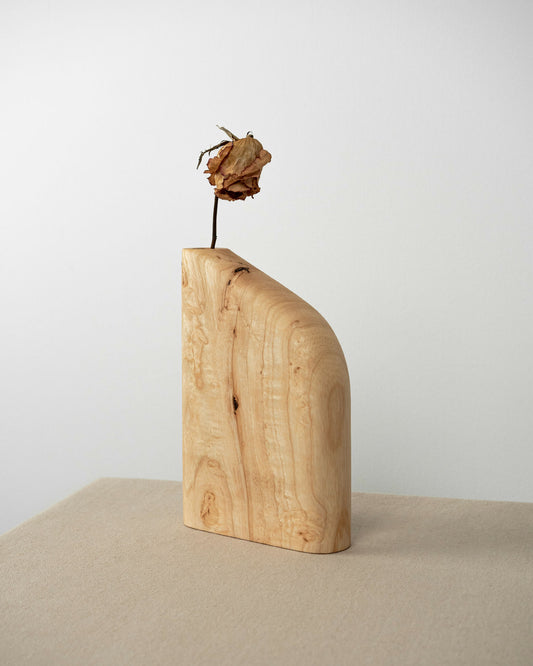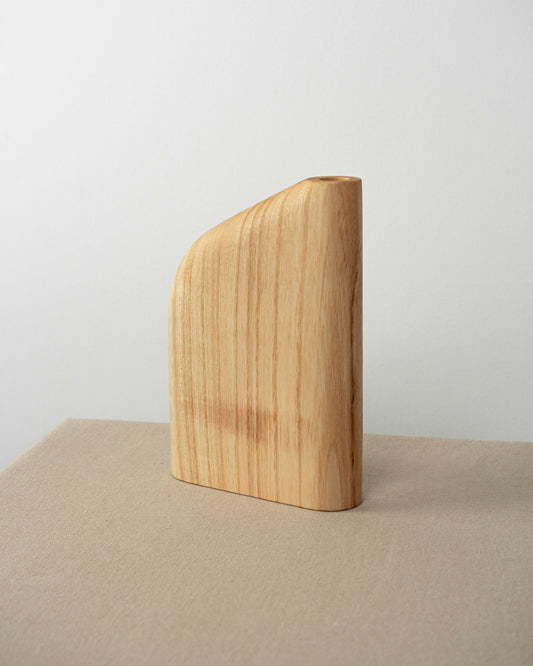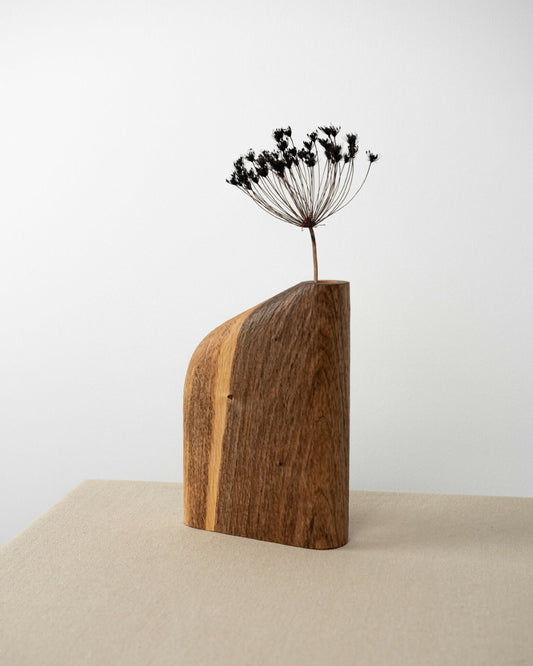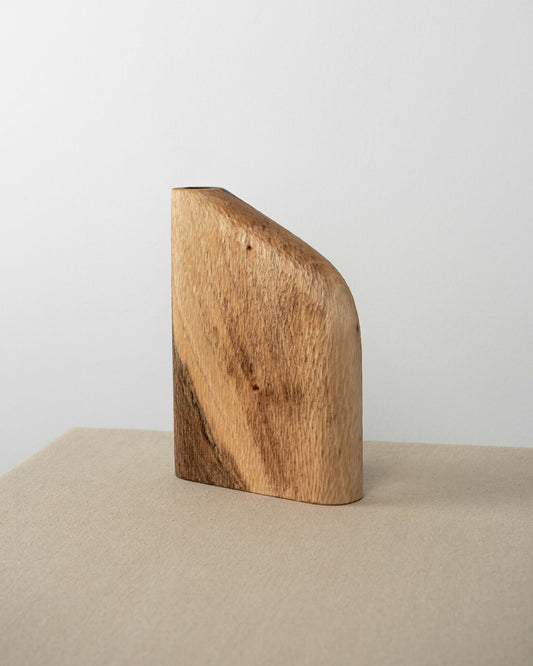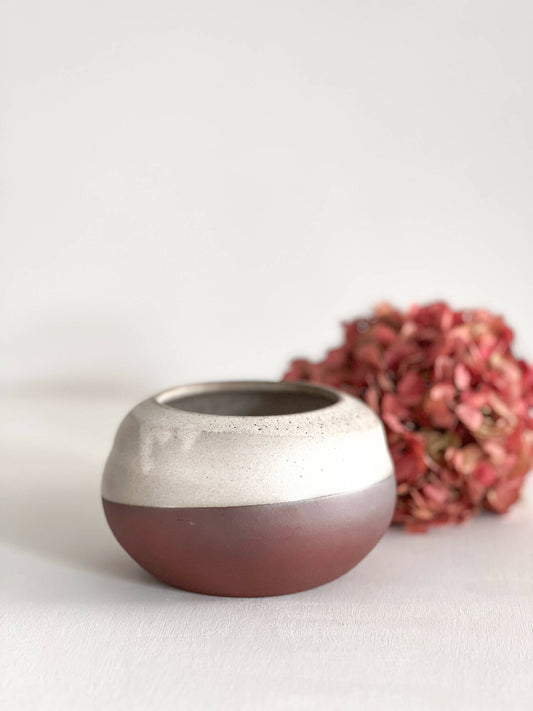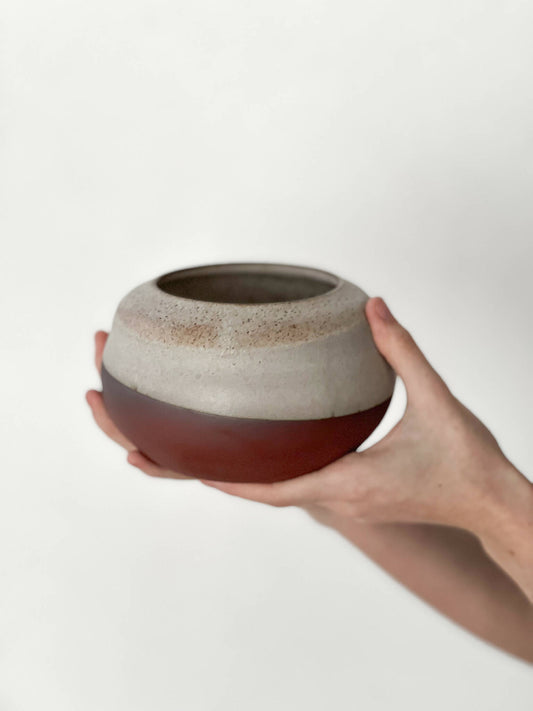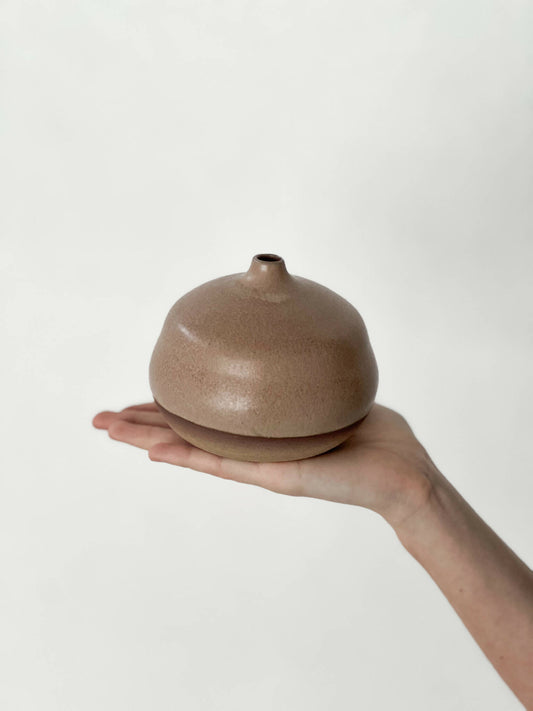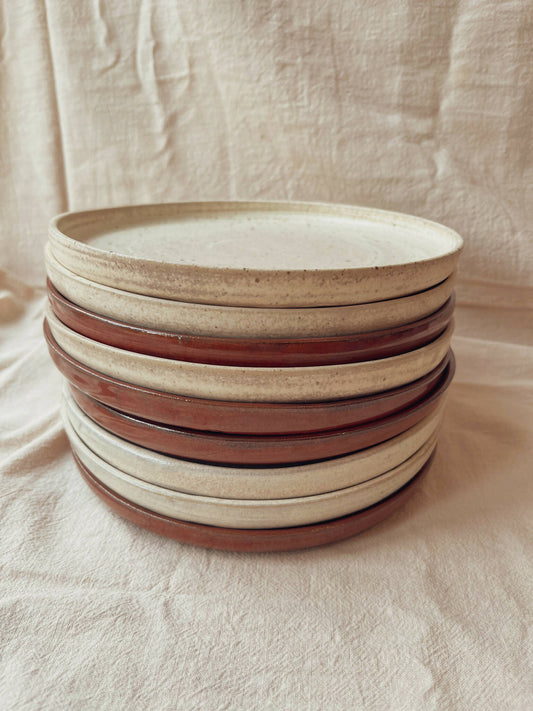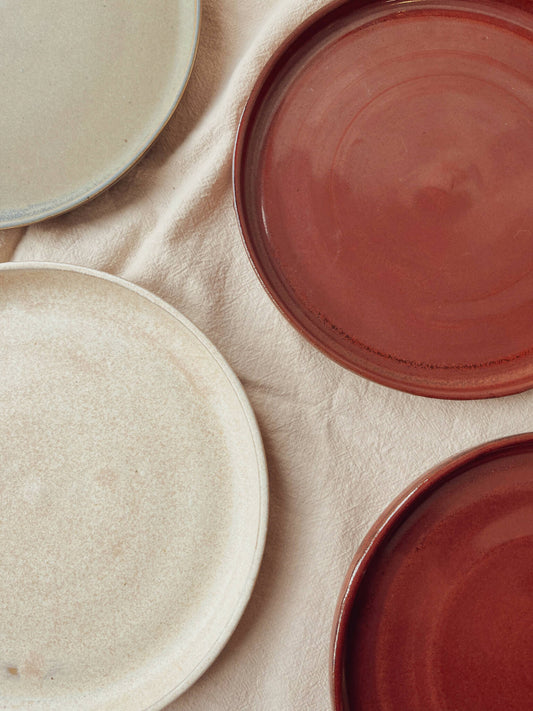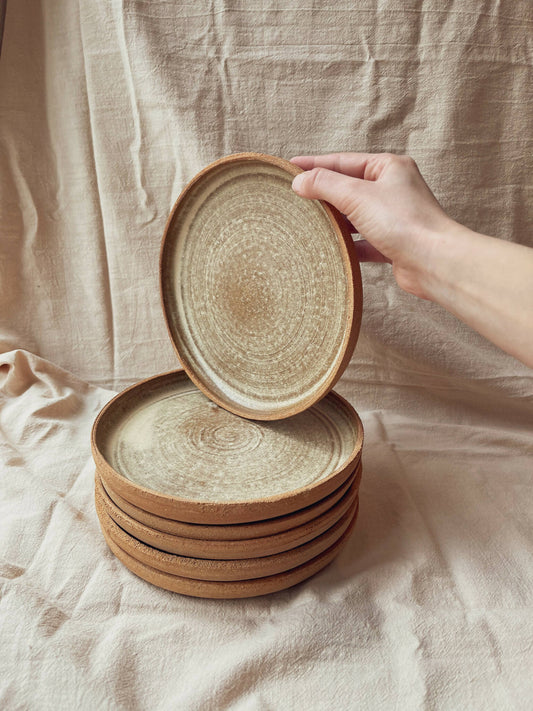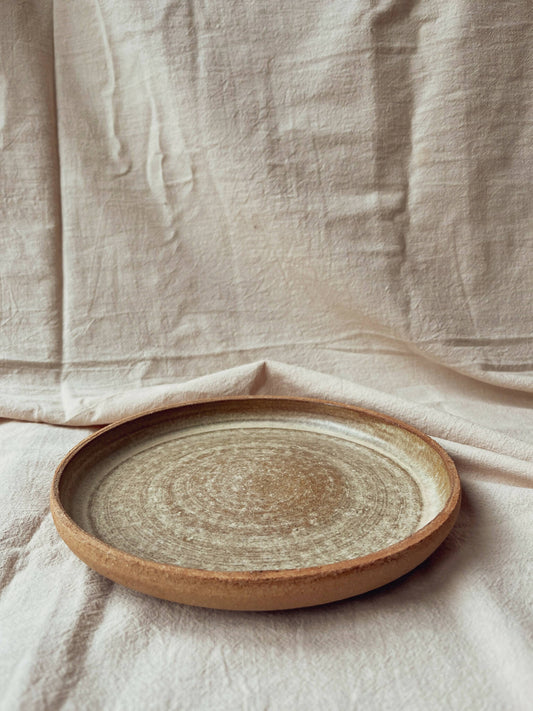Old and timeless style, I "Japandi" takes its name from the contraction of "Japan" and "Scandinavia".
With a minimalist tendency, the Japandi mixes Japanese and Scandinavian aesthetics with neutral tones and natural materials.
In Japan as in Scandinavia, nature is king, and therefore often placed at the heart of interiors. This is illustrated through the use organic shapes and natural materials such as wood and linen for example. Respect for the environment, craftsmanship and the durability of objects particularly guide the approach of Japanese and Scandinavian designers.
Simplicity is the key element of this style which has become very fashionable in recent years, not only by its aesthetic which is very popular on social networks, but also by its very essence which responds to current concerns. Indeed, the Japandi style is based on the idea of working with nature, and not against it. This style therefore evokes harmony with our environment, respect for our planet and ecological values.
A Japandi interior therefore gives pride of place to raw materials, light wood, natural fibers and the play of light. The decoration is minimal, with a few touches of vegetation and accessories with a refined style. The idea is to create a soothing and authentic atmosphere, which invites serenity.
Beyond an interior decoration, Japandi is a lifestyle, a philosophy: "accept what is, stay in the present moment, appreciate the fact that nothing lasts forever and that nothing is perfect." as explained to us Laila Rietbergen, in her book Japandi Living.
Since the objects are reduced to a minimum, those chosen must be functional, such as ceramic cups and teapot, a wooden light fixture or even books.
Indeed, craftsmanship occupies a special place in the Japandi style, ceramic and wooden elements for example being shaped to last, in harmony with nature and with respect for the environment.


